Auto Credit Based on QuantumSpaceJNO's Gomillia system 1.0
Credit to Talisar for the colonized nebra, Mattheareospacer for the tydos, DASX for the brigo. And many more.
Juno system added!!!!
- Read lore below (optional) -
Prologue: The Droods' Origin and Catastrophe
The Droods were an advanced and peaceful civilization known for their deep connection with nature and their impressive technological achievements. They valued harmony with their environment, and their cities were built to blend seamlessly with the natural landscape. The Droods were also known for their intricate art and music, which reflected their appreciation for the beauty of their world. Droo, their home planet in the Juno system, was a lush, green world with vast forests, crystal-clear lakes, and towering mountain ranges. The atmosphere was rich in oxygen, supporting a diverse ecosystem. The Droods built their cities using sustainable materials and harnessed energy from renewable sources like solar and wind power. Despite their harmonious lifestyle, they were technologically advanced, having developed space travel, advanced medicine, and sophisticated communication systems. However, the destruction of Droo came suddenly and without warning. A gamma ray burst (GRB) from a distant supernova swept through the Juno system, bombarding Droo with lethal radiation. The intense radiation stripped away Droo's atmosphere, boiled its oceans, and scorched its surface, reducing the once vibrant planet to a barren wasteland in moments. The few Droods who were off-planet at the time of the catastrophe became the last survivors of their species. They were left to wander the galaxy, carrying with them the memory of their lost home.
The Exodus to Gomillia
In the wake of the catastrophe, the surviving Droods embarked on a desperate journey to find a new home. They traveled to the Gomillia system, a distant star system known for its habitable planets. Upon arriving in Gomillia, the Droods began the arduous task of rebuilding their civilization. They established new colonies, drawing on their advanced technology and deep connection with nature to create harmonious settlements. Lithsa, a desert planet in the Gomillia system, became a key settlement for the Droods. Despite its arid environment, Lithsa's scattered oases and underground water reserves provided life-sustaining resources. The Droods built advanced infrastructure to extract and distribute water, ensuring the sustainability of their colonies. They also developed technologies to harness solar energy, making the most of Lithsa's abundant sunlight. The Droods faced overpopulation issues, with their population reaching 50 trillion. To manage their burgeoning population and resource needs, they developed advanced gate technology, enabling efficient interstellar travel. These gates, known as Interstellar Velocity Gates (ISVs), allowed them to explore and colonize new star systems rapidly. The Droods' expansion is an ongoing process, driven by their need to accommodate a growing population and their desire to explore the cosmos. They continue to push the boundaries of their technology and knowledge, seeking new worlds and opportunities.
The Transformation of Cylero
Cylero, a planet in the Juno system, experienced a unique transformation due to the gamma ray burst. Originally a barren wasteland with rocky deserts and frozen water, Cylero's atmosphere thickened, and its temperature increased, melting the frozen water and creating vast oceans, rivers, and lakes. The combination of liquid water, a thicker atmosphere, and the energy from the gamma ray burst created the perfect conditions for life to emerge. Simple organisms began to develop in the newly formed oceans, eventually evolving into more complex forms of life. Today, Cylero boasts a rich and diverse ecosystem, with lush forests, vibrant oceans, and a variety of animal species Gomillia's Wanderer, a brown dwarf with a mass approximately 13 times that of Jupiter, originally orbited the massive star Gomillia but was flung out due to gravitational forces. Before the gamma ray burst, the brown dwarf was captured by the gravitational forces of the Juno system, causing significant gravitational disruptions. These disruptions altered the orbits of several planets, making Cylero and Tydo's moons habitable and ejecting Urados from the system. The Droods on Cylero observed the new star (Gomillia's Wanderer) and embarked on a mission to discover its origins, finding it responsible for the dramatic changes in their planetary system.
The Aldara Celestia System and Askif
In the distant reaches of the galaxy, nestled within the star system of Aldara Celestia, lies the enigmatic planet of Askif. This world, with its striking red grasslands, has long captivated the imaginations of scientists and explorers alike. Askif is a planet of contrasts, where the familiar and the alien coexist in a delicate balance, creating a unique and vibrant ecosystem. The most distinctive feature of Askif is its vast expanses of red grasslands, known locally as "Crimson Blades," which thrive in the planet's rich, iron-oxide-laden soil. Askif is currently undergoing a remarkable transformation known as treeforming. This process, initiated by the Droods, aims to introduce and cultivate tree species on the planet. The Droods have developed a series of genetically modified trees capable of thriving in Askif's unique environment. The treeforming process involves several stages, including soil enrichment, seed dispersal, growth acceleration, and ecosystem integration. As the trees mature, they begin to integrate into the existing ecosystem, providing new habitats for local wildlife and contributing to the planet's biodiversity. Askif is located approximately 5 light-years away from the neighboring star system of Gomillia. This proximity opens up possibilities for interstellar travel and collaboration between the inhabitants of both systems. The exchange of knowledge and resources between Askif and Gomillia could lead to significant advancements in science, technology, and ecological engineering.
Thank you for all of the people who have supported me over the 2 years of me being on this website.
GENERAL INFO
- Predecessor: Gomillia system 1.0
- Created On: Windows
- Game Version: 1.3.204.1
CELESTIAL BODIES
| Name | Parent | Radius | Surface Gravity | Apoapsis | Periapsis |
|---|---|---|---|---|---|
| Juno | 73,910 km | 145.6 m/s | - | - | |
| Indell | Juno | 635 km | 7.0 m/s | 2,504.8 Mm | 2,499.8 Mm |
| Rrenus | Juno | 1,000 km | 17.3 m/s | 6,336.4 Mm | 6,323.8 Mm |
| Tasciovuli | Juno | 350 km | 1.6 m/s | 10,192.3 Mm | 10,172.0 Mm |
| Iantian | Juno | 727 km | 5.6 m/s | 14,982.8 Mm | 14,952.9 Mm |
| Junes | Juno | 14,000 km | 24.8 m/s | 18,374.3 Mm | 18,337.6 Mm |
| The tropical moon of junes | Junes | 350 km | 1.6 m/s | 46,404 km | 46,311 km |
| Ecurnaet | Juno | 350 km | 1.6 m/s | 20,316.7 Mm | 20,276.1 Mm |
| Nalin | Juno | 2,500 km | 11.6 m/s | 21,950.7 Mm | 21,906.8 Mm |
| Ditascupt | Juno | 14,000 km | 24.8 m/s | 25,586.2 Mm | 25,535.1 Mm |
| shimai | Ditascupt | 835 km | 9.2 m/s | 121.6 Mm | 121.4 Mm |
| kyoudai | shimai | 835 km | 9.2 m/s | 19,628 km | 6,120 km |
| Auisa | Ditascupt | 1,274 km | 9.8 m/s | 398.8 Mm | 398.0 Mm |
| Nef | Ditascupt | 402 km | 4.0 m/s | 832.4 Mm | 830.8 Mm |
| Lithisa | Juno | 1,274 km | 9.8 m/s | 29,121.7 Mm | 29,063.5 Mm |
| Ixia | Juno | 1,274 km | 9.8 m/s | 33,091.0 Mm | 33,024.9 Mm |
| Pestian | Juno | 400 km | 20.0 m/s | 37,540.6 Mm | 37,465.6 Mm |
| Accam | Pestian | 23 km | 0.4 m/s | 6,054 km | 6,042 km |
| Rtascina | Pestian | 250 km | 1.2 m/s | 23,112 km | 23,066 km |
| Ochian | Juno | 3,500 km | 16.2 m/s | 46,639.7 Mm | 46,546.5 Mm |
| Sana | Juno | 350 km | 1.6 m/s | 71,013.4 Mm | 70,871.6 Mm |
| Erecurni | Sana | 350 km | 1.6 m/s | 3,429 km | 3,422 km |
| Trappist | Juno | 350 km | 1.6 m/s | 101,685.3 Mm | 101,482.1 Mm |
| Eca | Juno | 140.0 Mm | 247.9 m/s | 152,462.5 Mm | 152,157.9 Mm |
| Aries | Juno | 139.1 Mm | 274.0 m/s | 1,082,365.7 Mm | 917,634.3 Mm |
| Aries A | Aries | 12,000 km | 32.0 m/s | 3,405.2 Mm | 2,005.7 Mm |
| Aries B | Aries | 635 km | 7.0 m/s | 7,255.9 Mm | 7,241.4 Mm |
| Sersa | Juno | 500.0 Mm | 984.9 m/s | 8,008,000.0 Mm | 7,992,000.0 Mm |
| Pentas | Sersa | 2,274 km | 17.5 m/s | 190,092.3 Mm | 189,712.5 Mm |
| Lumarina | Pentas | 985 km | 4.6 m/s | 285.4 Mm | 163.3 Mm |
| Asterope | Juno | 139.1 Mm | 274.0 m/s | 10,009,909.9 Mm | 9,989,910.1 Mm |
| Asterope II | Asterope | 139.1 Mm | 274.0 m/s | 113,058.1 Mm | 102,142.3 Mm |
| Asterope IIa | Asterope II | 1,000 km | 4.6 m/s | 17,423.4 Mm | 17,388.6 Mm |
| lenta | Asterope IIa | 10 km | 0.2 m/s | 9,388 km | 9,370 km |
| Bongoa | Asterope IIa | 63 km | 1.1 m/s | 64,594 km | 16,958 km |
| Aurora | Asterope | 139.1 Mm | 274.0 m/s | 326,632.6 Mm | 325,980.0 Mm |
| Audora B | Aurora | 5,000 km | 8.9 m/s | 4,370.3 Mm | 4,361.6 Mm |
| Audora C | Aurora | 1,274 km | 9.8 m/s | 39,670.3 Mm | 39,591.1 Mm |
| 1-JJU-234 | Audora C | 23 km | 0.4 m/s | 54,656 km | 17,435 km |
| Aetherion | Juno | 93,910 km | 185.0 m/s | 29,880,934.9 Mm | 23,254,241.1 Mm |
| Hecterak | Aetherion | 8,274 km | 63.6 m/s | 29,194.4 Mm | 29,136.0 Mm |
| Netean | Aetherion | 8,400 km | 40.0 m/s | 70,703.5 Mm | 70,562.3 Mm |
| Ccan | Netean | 2,500 km | 12.0 m/s | 192.8 Mm | 156.1 Mm |
| Juno: | Juno | 50,000 km | 98.5 m/s | 44,304,679.3 Mm | 15,695,320.7 Mm |
| Vulco | Juno: | 635 km | 6.0 m/s | 5,302.8 Mm | 5,292.2 Mm |
| Sergeaa | Juno: | 1,036 km | 8.0 m/s | 12,025.9 Mm | 12,001.8 Mm |
| Oord | Sergeaa | 500 km | 5.0 m/s | 506.8 Mm | 505.8 Mm |
| Luna | Juno: | 350 km | 1.6 m/s | 25,936.3 Mm | 21,375.3 Mm |
| Droo | Juno: | 1,274 km | 9.8 m/s | 29,818.8 Mm | 29,759.2 Mm |
| Brigo | Droo | 213 km | 1.6 m/s | 25,688 km | 25,637 km |
| T.T. | Droo | 23 km | 0.4 m/s | 1,335.0 Mm | 410.8 Mm |
| Cylero | Juno: | 678 km | 7.0 m/s | 62,567.5 Mm | 62,442.5 Mm |
| Tydos | Juno: | 14,000 km | 24.8 m/s | 107,438.6 Mm | 107,223.9 Mm |
| Nebra | Tydos | 402 km | 4.0 m/s | 117.7 Mm | 117.4 Mm |
| Orcus | Tydos | 270 km | 1.3 m/s | 234.8 Mm | 234.3 Mm |
| Miros | Tydos | 117 km | 0.6 m/s | 400.0 Mm | 399.2 Mm |
| Taurus | Juno: | 435 km | 2.5 m/s | 372,293.7 Mm | 371,549.8 Mm |
| Urados | Juno: | 5,112 km | 9.0 m/s | 1,009,331.2 Mm | 384,280.5 Mm |
| Jastrus | Urados | 18 km | 0.1 m/s | 15,224 km | 15,193 km |
| Boreas | Urados | 250 km | 1.2 m/s | 104.5 Mm | 26,863 km |
| Hypatchion | Urados | 44 km | 0.6 m/s | 279.6 Mm | 107.7 Mm |
| JUNO-934-2234 | Juno: | 286.0 Mm | 506.4 m/s | 1,260,293.8 Mm | 1,257,775.8 Mm |
| Orsda-A | Juno | 900.0 Mm | 1.77 km/s | 57,901,084.4 Mm | 42,098,915.6 Mm |
| Aurelius | Orsda-A | 69,911 km | 123.8 m/s | 186,195.1 Mm | 185,823.1 Mm |
| ORDSA-839-2284 | Orsda-A | 54,000 km | 95.6 m/s | 885,428.7 Mm | 600,729.7 Mm |
| Acrosa system | Juno | 20,000 km | 1.00 km/s | 86,039,929.4 Mm | 33,960,070.6 Mm |
| Acrosa B | Acrosa system | 52,000 km | 92.1 m/s | 16,637.1 Mm | 5,505.0 Mm |
| Acrosa A | Acrosa system | 54,000 km | 95.6 m/s | 33,104.0 Mm | 10,953.8 Mm |
| Acrosa Aa | Acrosa A | 450 km | 2.2 m/s | 1,077.1 Mm | 1,074.9 Mm |
| Orsda | Juno | 900.0 Mm | 1.77 km/s | 100,100,000.0 Mm | 99,900,000.0 Mm |
| Aurelia | Orsda | 50,000 km | 98.5 m/s | 823,422.1 Mm | 554,259.4 Mm |
| Dsas | Aurelia | 1,274 km | 9.8 m/s | 8,956.0 Mm | 8,938.1 Mm |
| Zorath | Juno | 1,391.0 Mm | 2.74 km/s | 124,366,959.9 Mm | 75,633,040.1 Mm |
| Thalor | Zorath | 868 km | 9.6 m/s | 116,024.9 Mm | 87,708.3 Mm |
| Elysia | Zorath | 5,274 km | 40.6 m/s | 489,285.4 Mm | 488,307.8 Mm |
| Aldara Celestia | Juno | 80,000 km | 157.6 m/s | 117,729,263.0 Mm | 82,270,737.0 Mm |
| askif | Aldara Celestia | 1,274 km | 9.8 m/s | 26,835.7 Mm | 16,652.7 Mm |
| Suri | Juno | 1,391.0 Mm | 2.74 km/s | 150,150,000.0 Mm | 149,850,000.0 Mm |
| Zephyros | Suri | 150.0 Mm | 265.6 m/s | 358,515.8 Mm | 357,799.5 Mm |
| Thalassia | Zephyros | 4,500 km | 34.6 m/s | 1,328.7 Mm | 1,194.2 Mm |
| Ascesun | Juno | 139.1 Mm | 274.0 m/s | 177,271,901.1 Mm | 122,728,098.9 Mm |
| Aruaeta | Ascesun | 34,000 km | 60.2 m/s | 225,378.9 Mm | 224,928.6 Mm |
| Teragens star | Juno | 139.1 Mm | 274.0 m/s | 290,694,955.7 Mm | 209,305,044.3 Mm |
| Teragens star b | Teragens star | 1,274 km | 9.8 m/s | 417,298.5 Mm | 416,464.7 Mm |
18 Comments
- Log in to leave a comment
-
-
-
-
-
-
-
11.7k QuantumSpaceJNO4 months ago
@heitorM thanks, also I edit the files to make the orbits bigger.
-
696 heitorM4 months ago
Bro how did you make the system have numerous local stars?? Did you like edit the files of the game to make the orbit of them larger ??
-
696 heitorM4 months ago
No way thats my shuttle!! Congrats on 10k points man, also the system is very nice, i remember when it was on version 0.3, there were so few planets 🥺
-
-
-
-
-
-
-
-
19 Upvotes
Log in in to upvote this post.


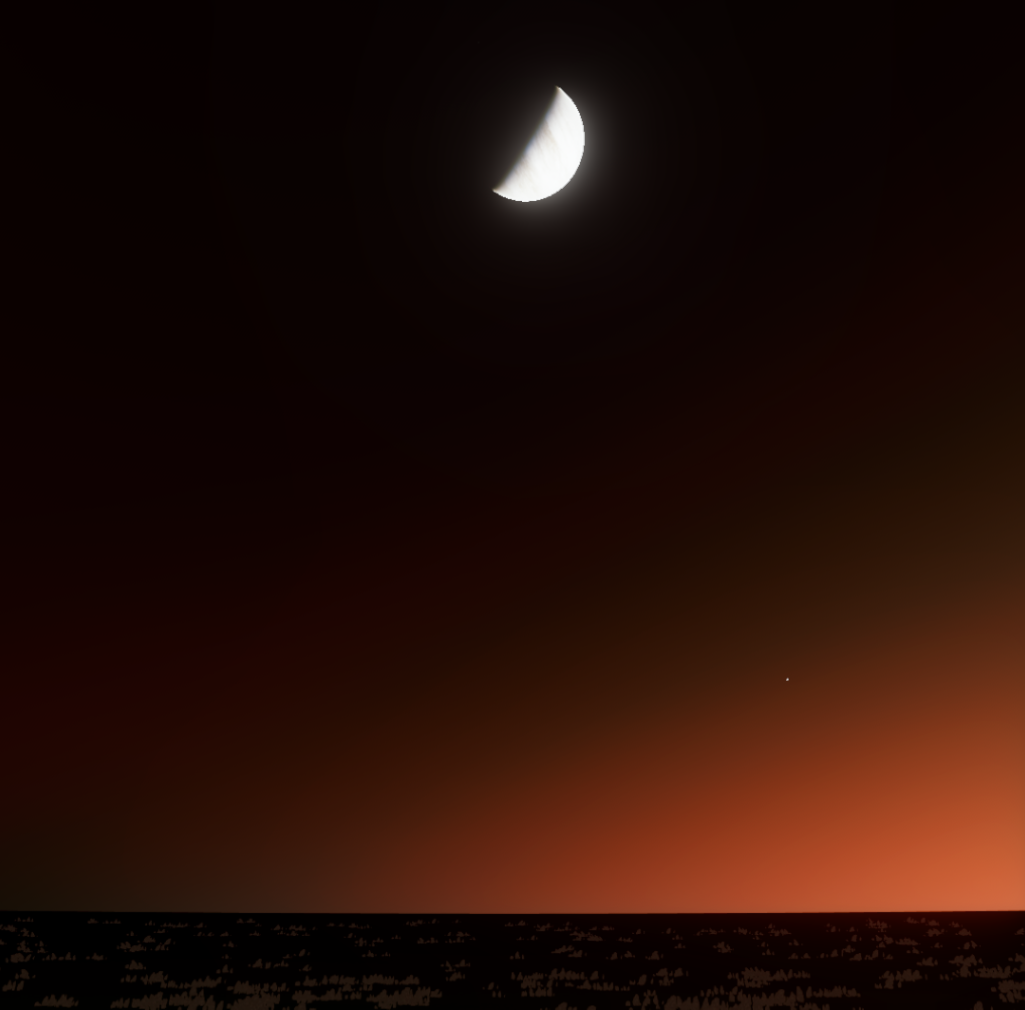
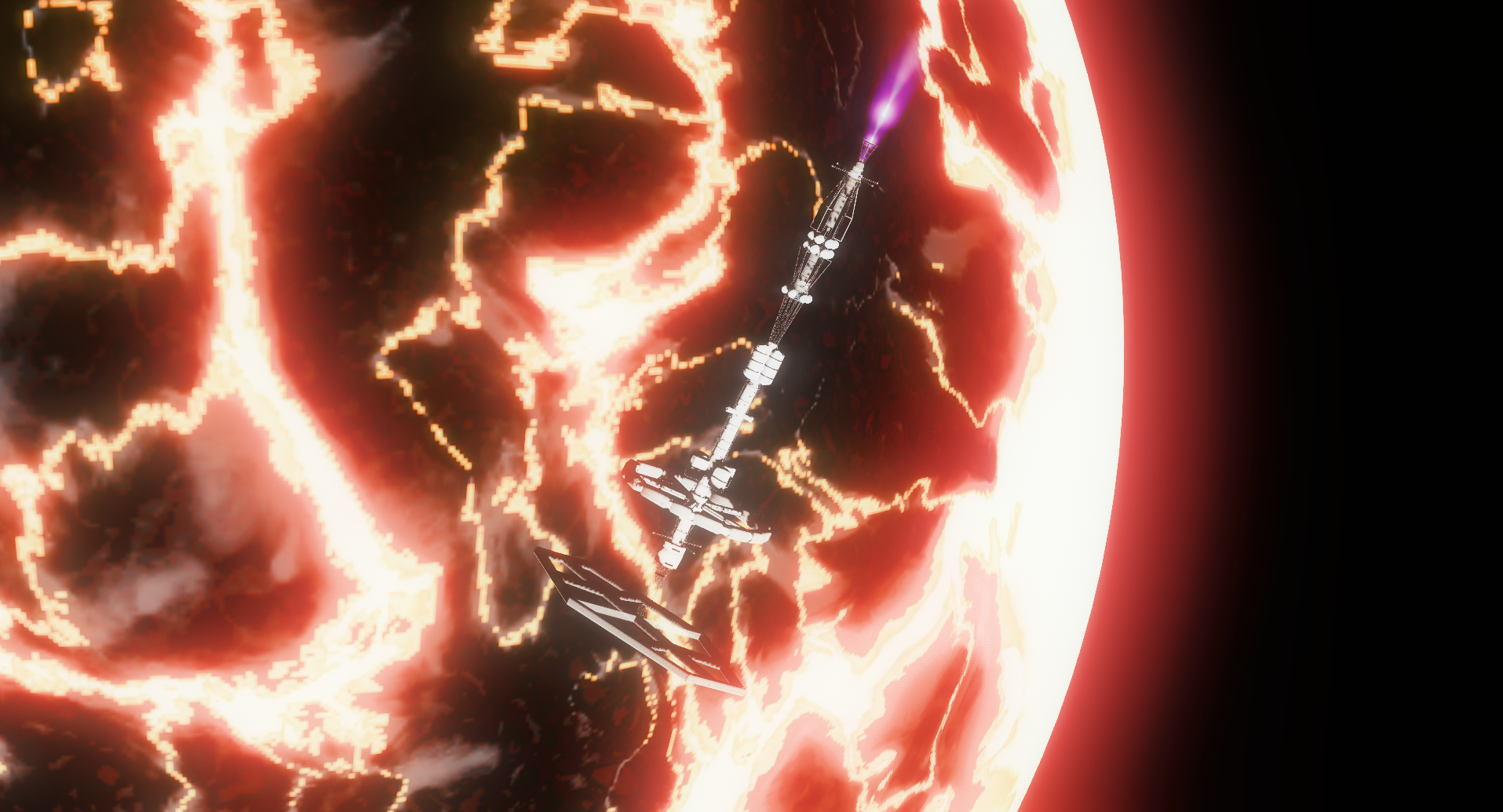
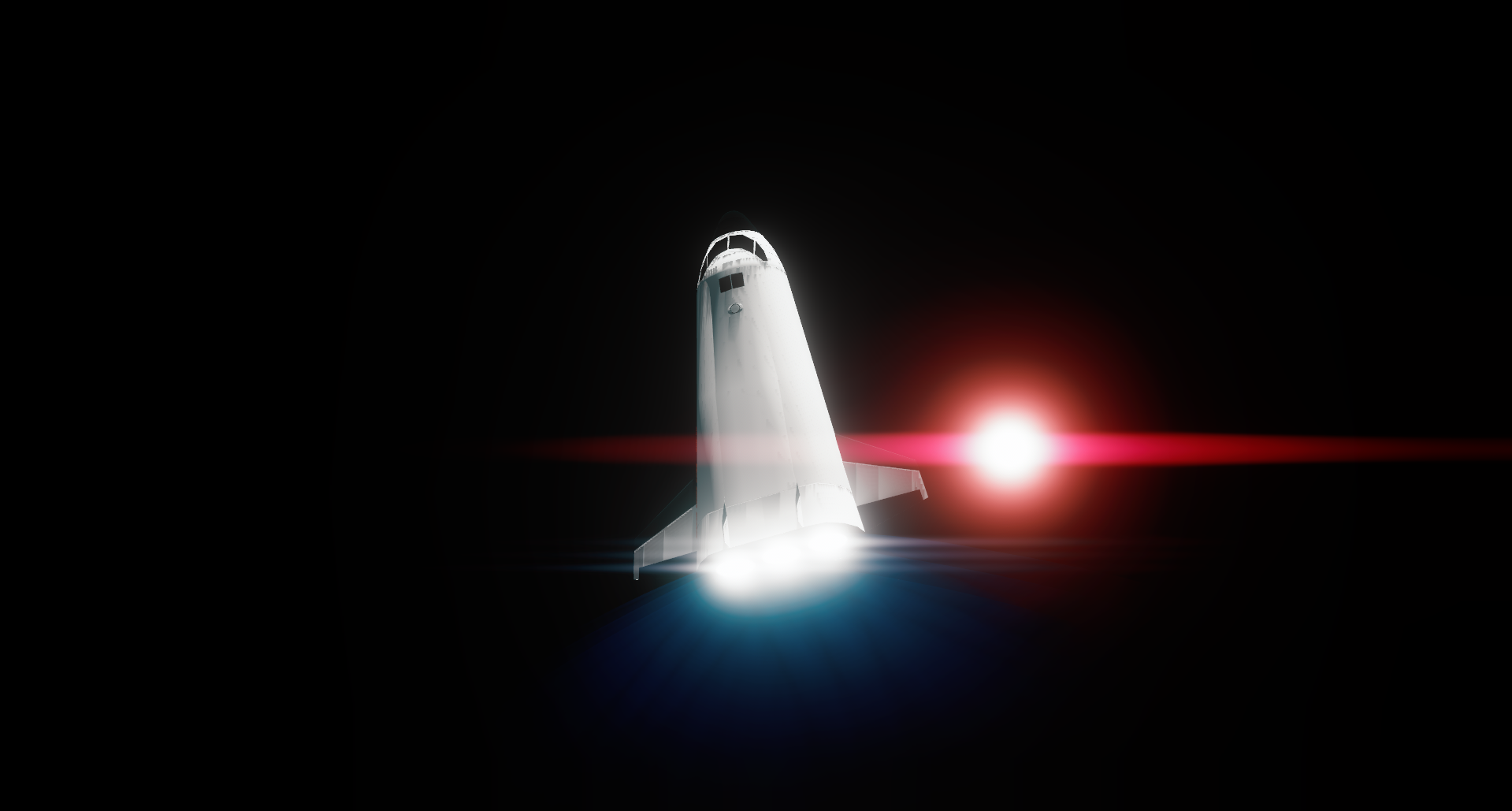
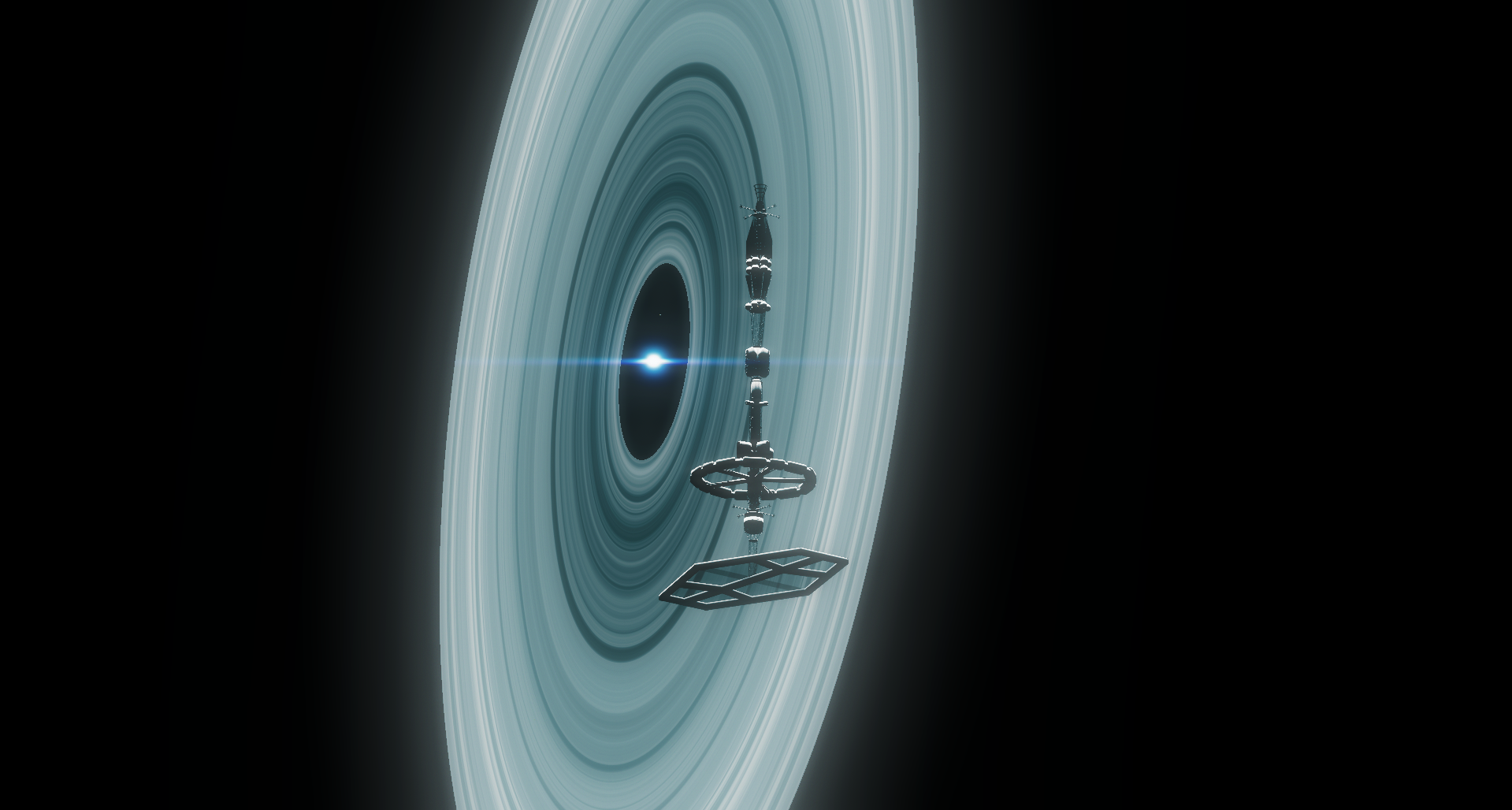
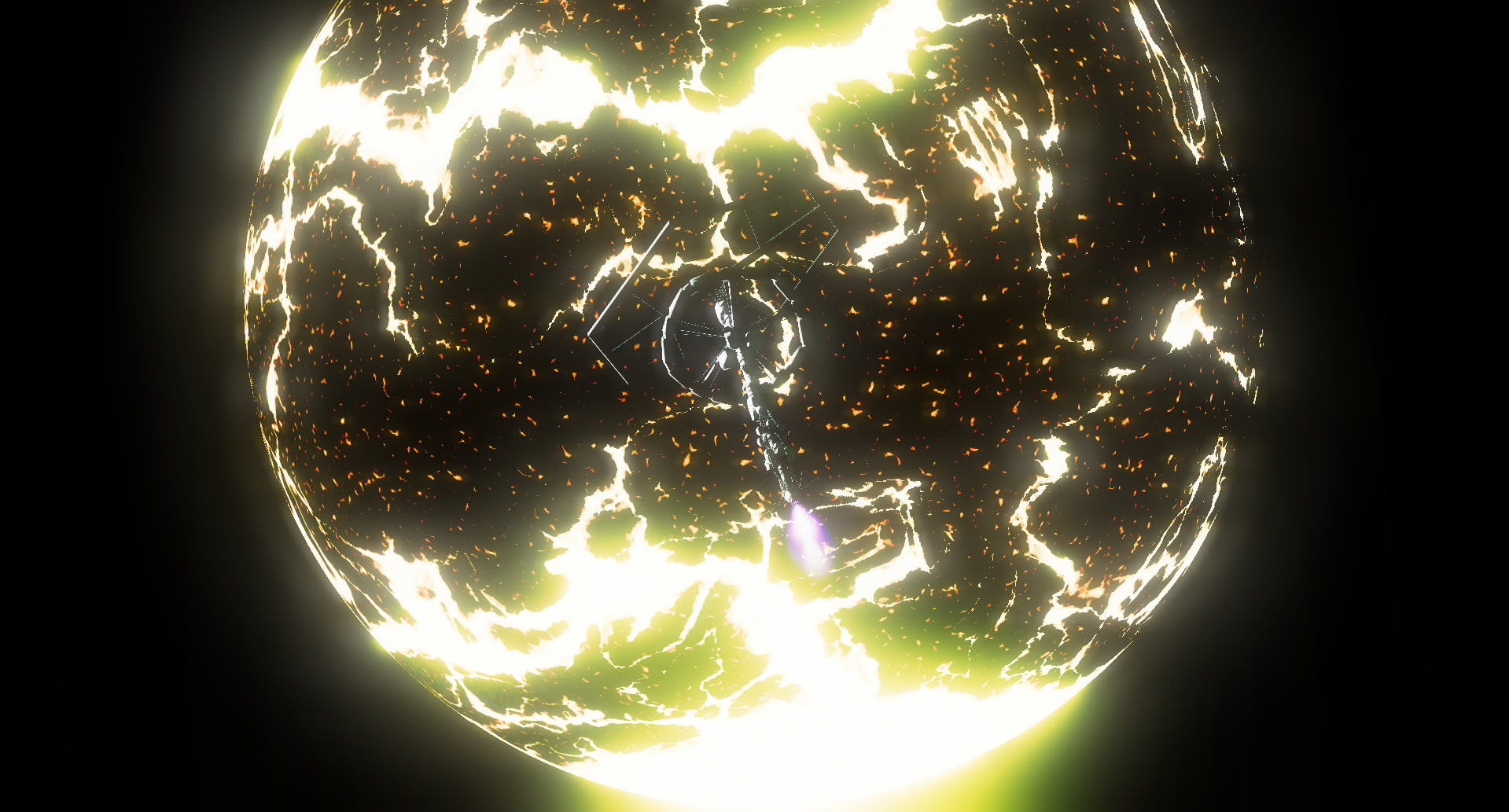
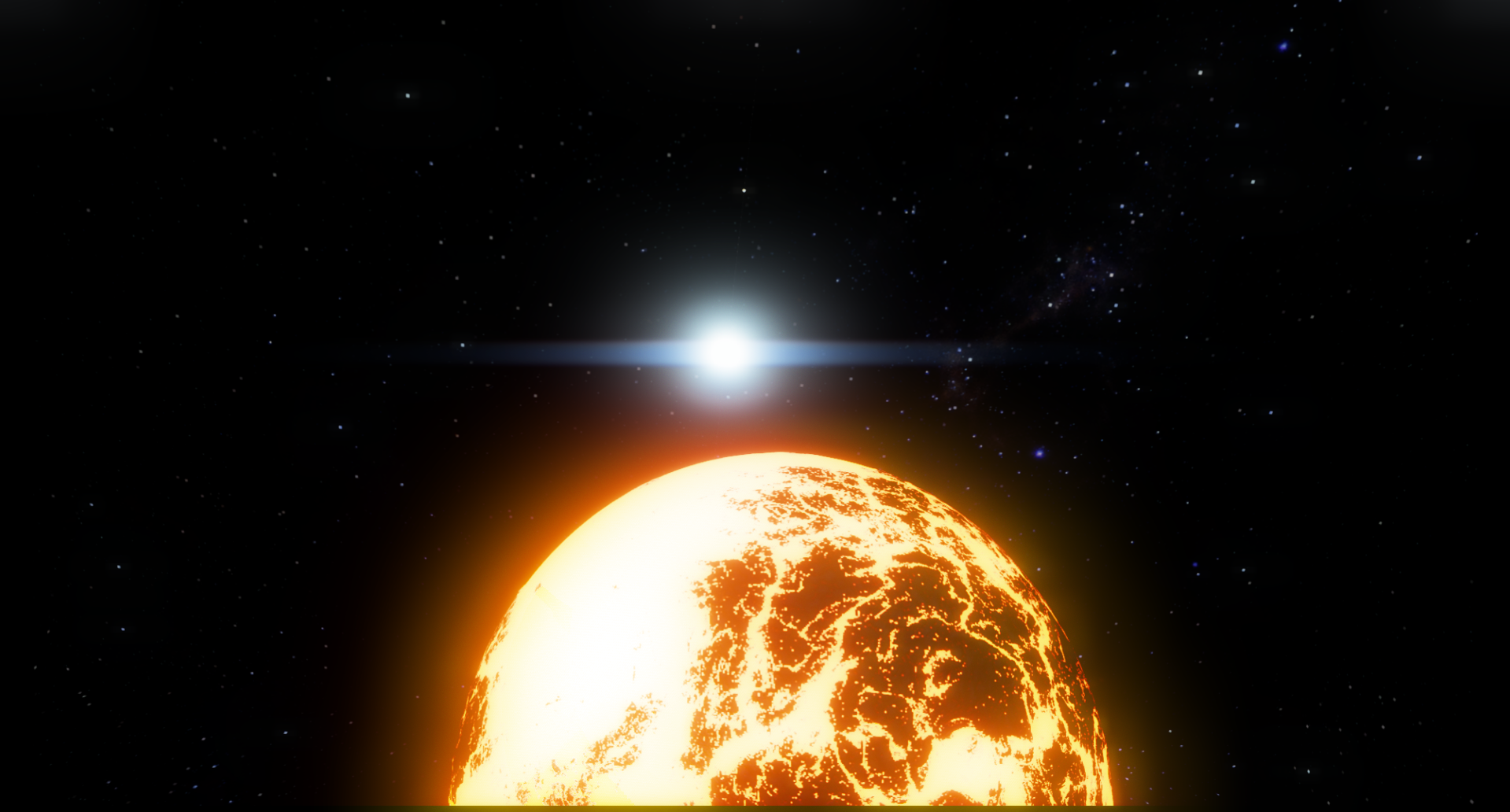
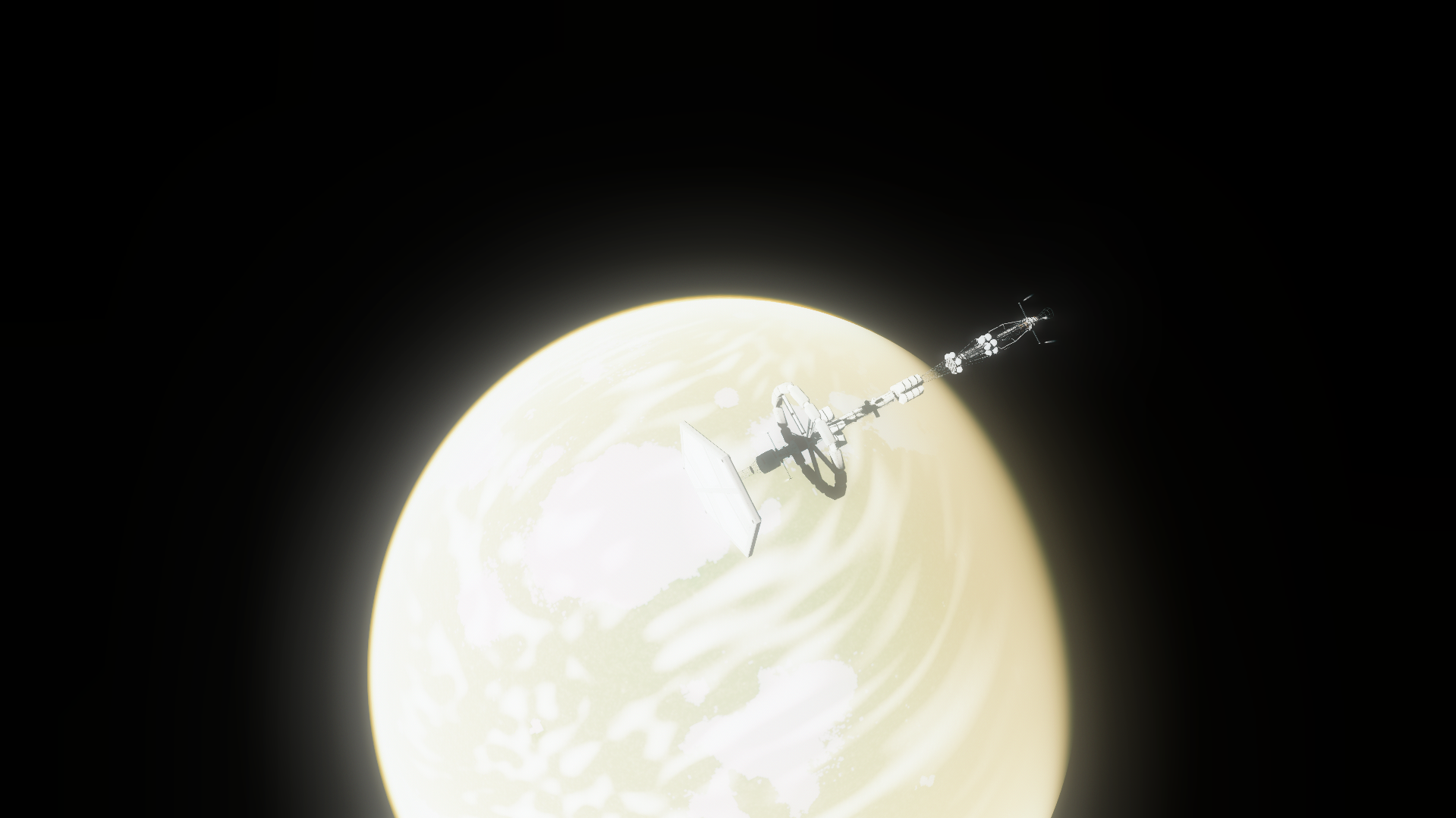
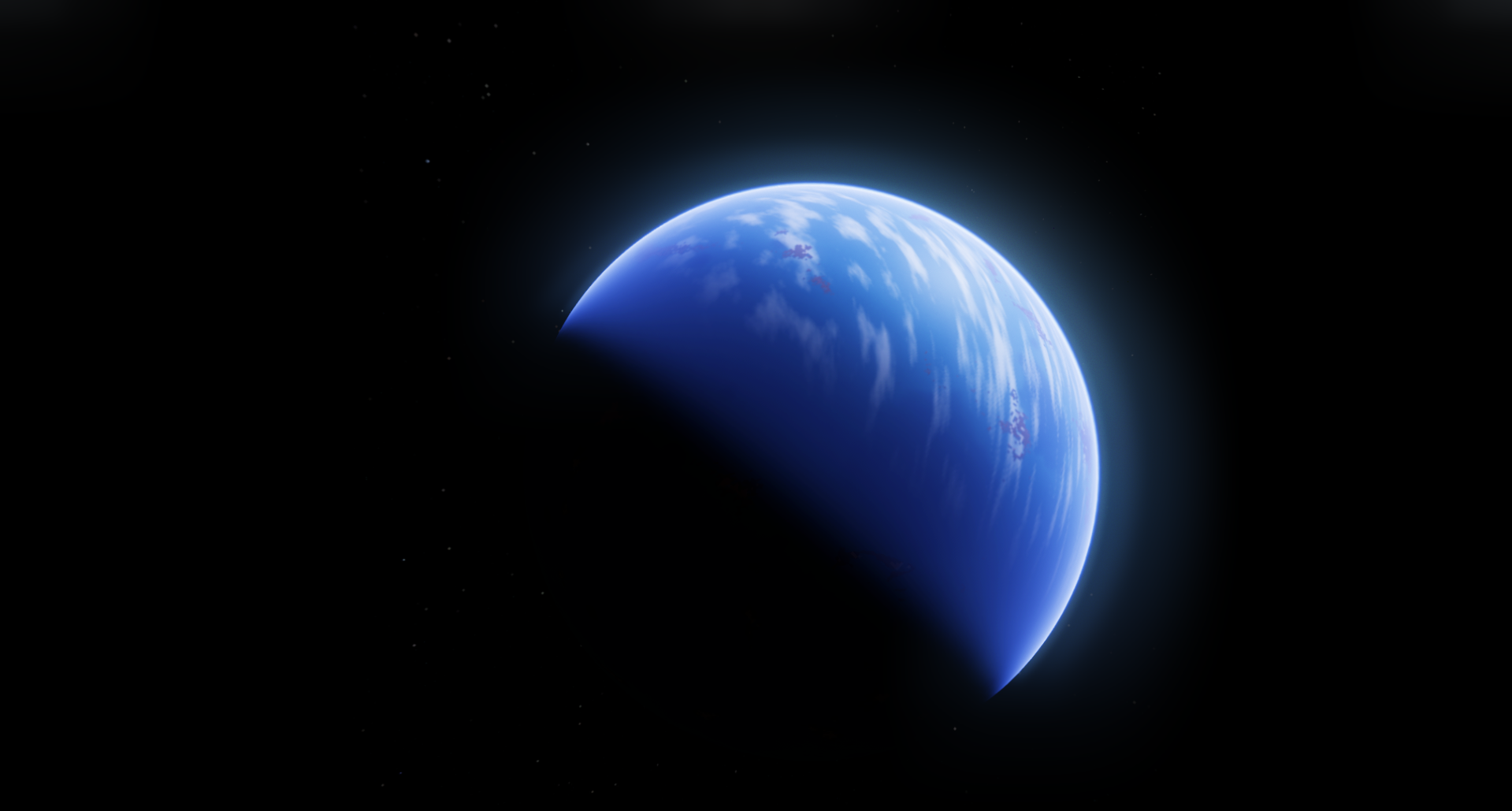
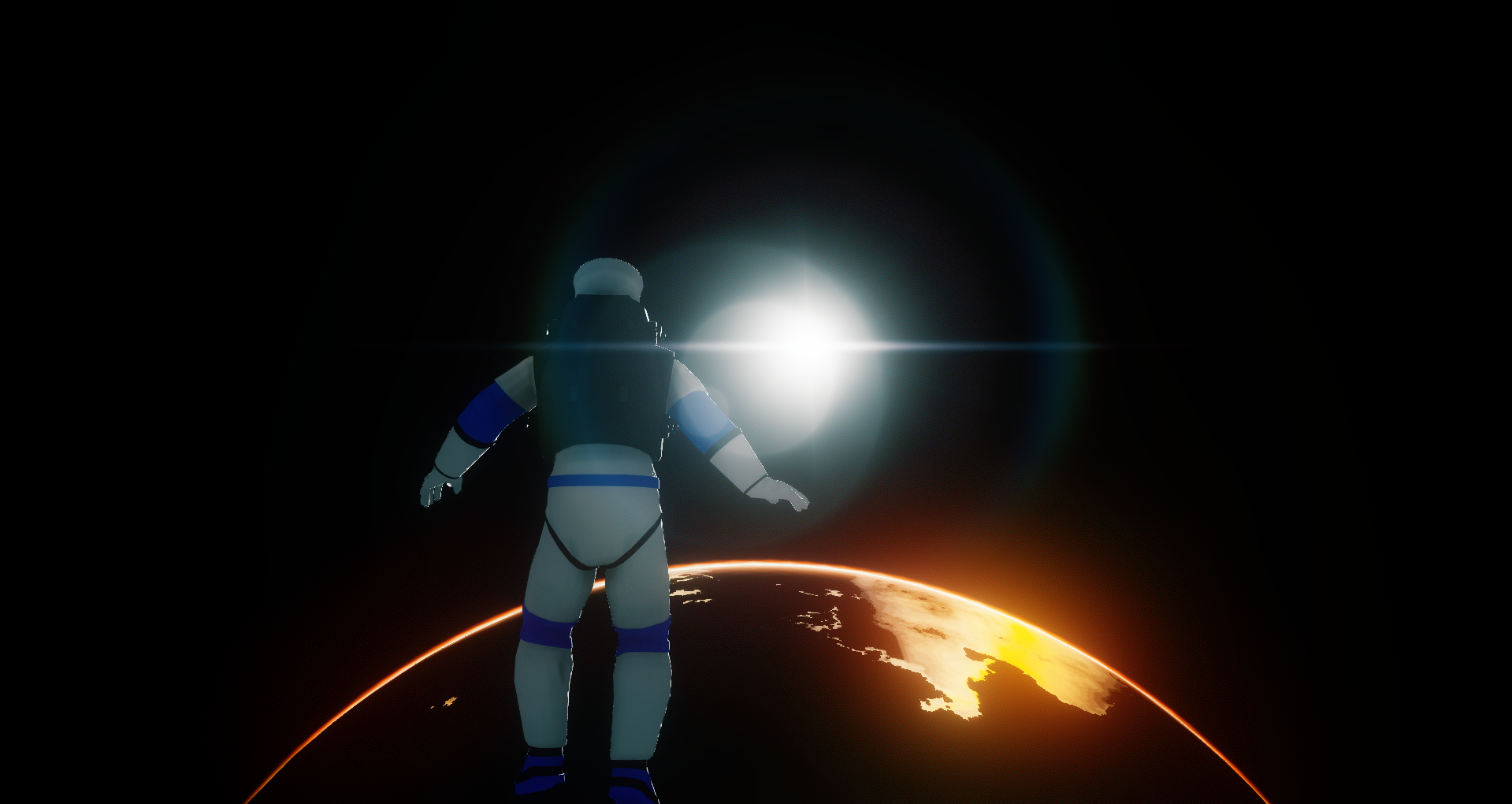
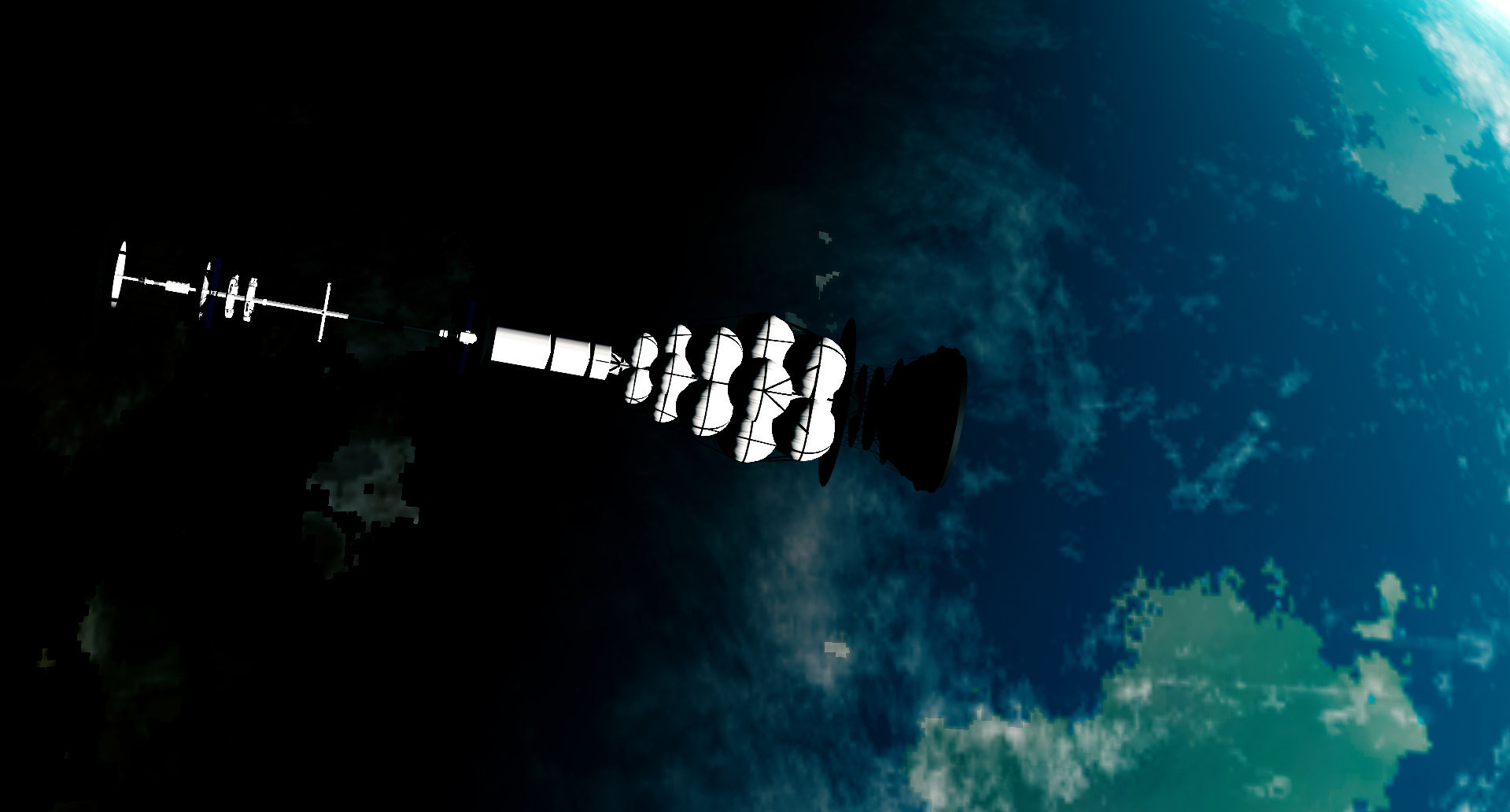
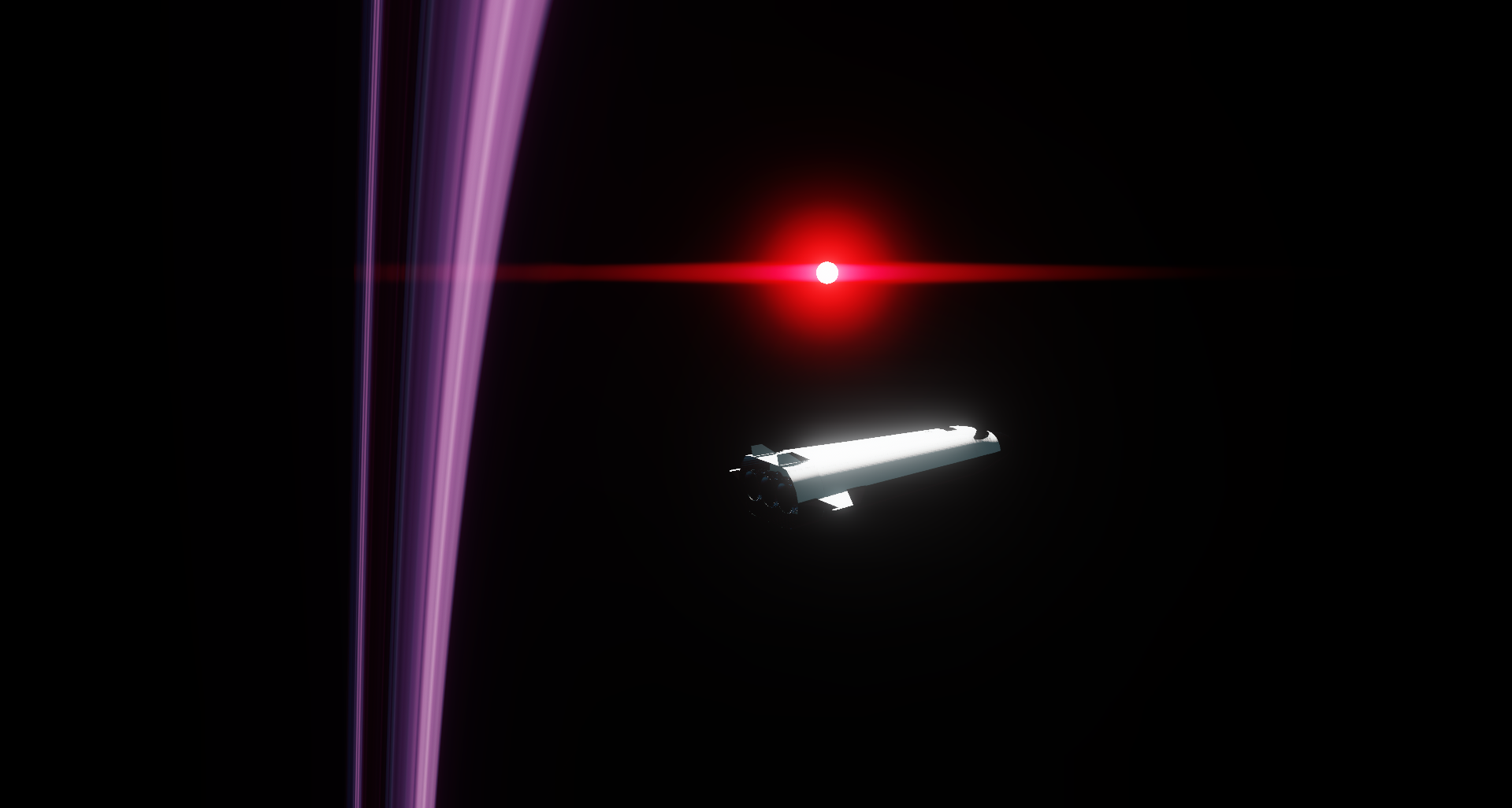
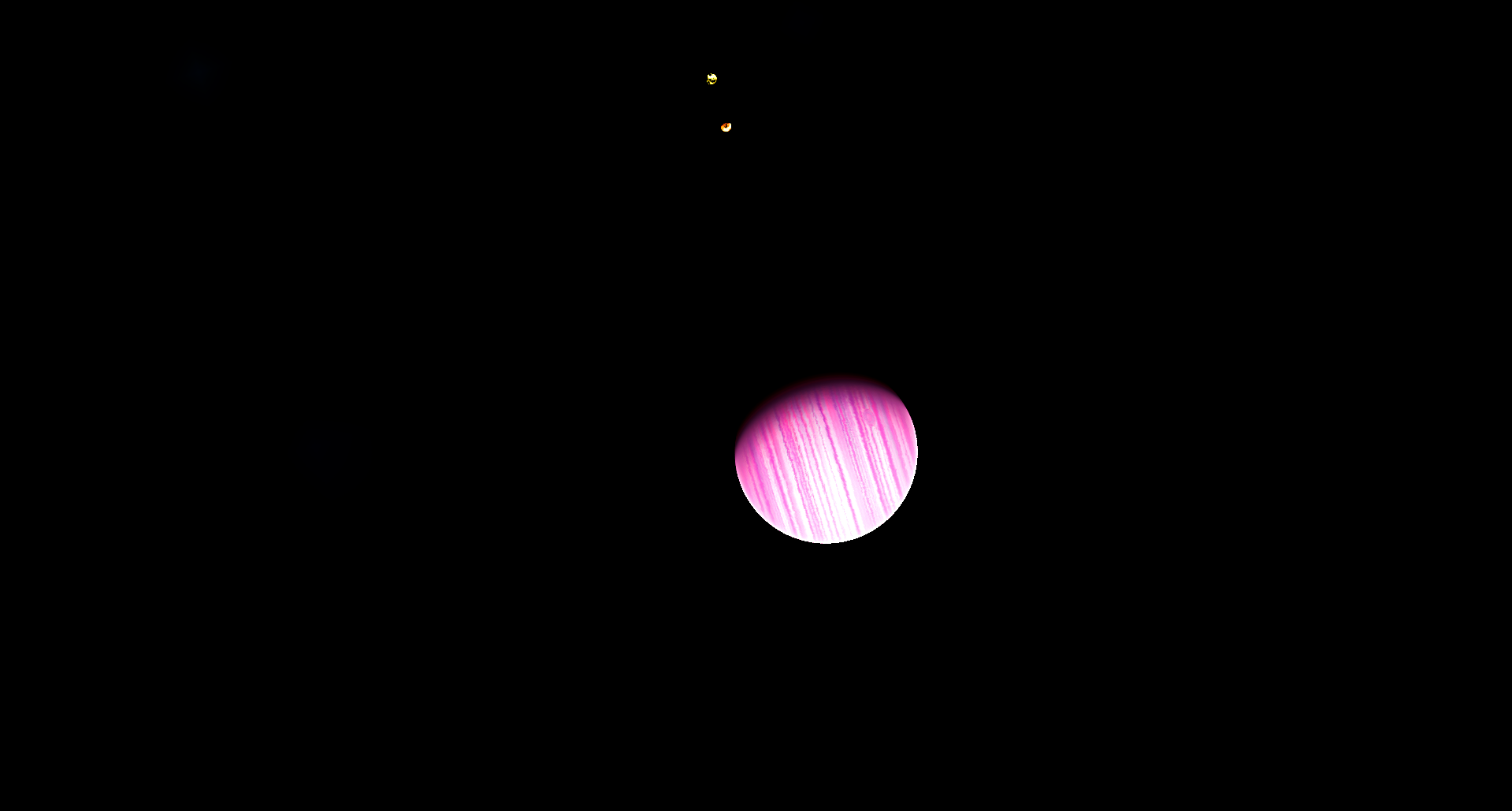
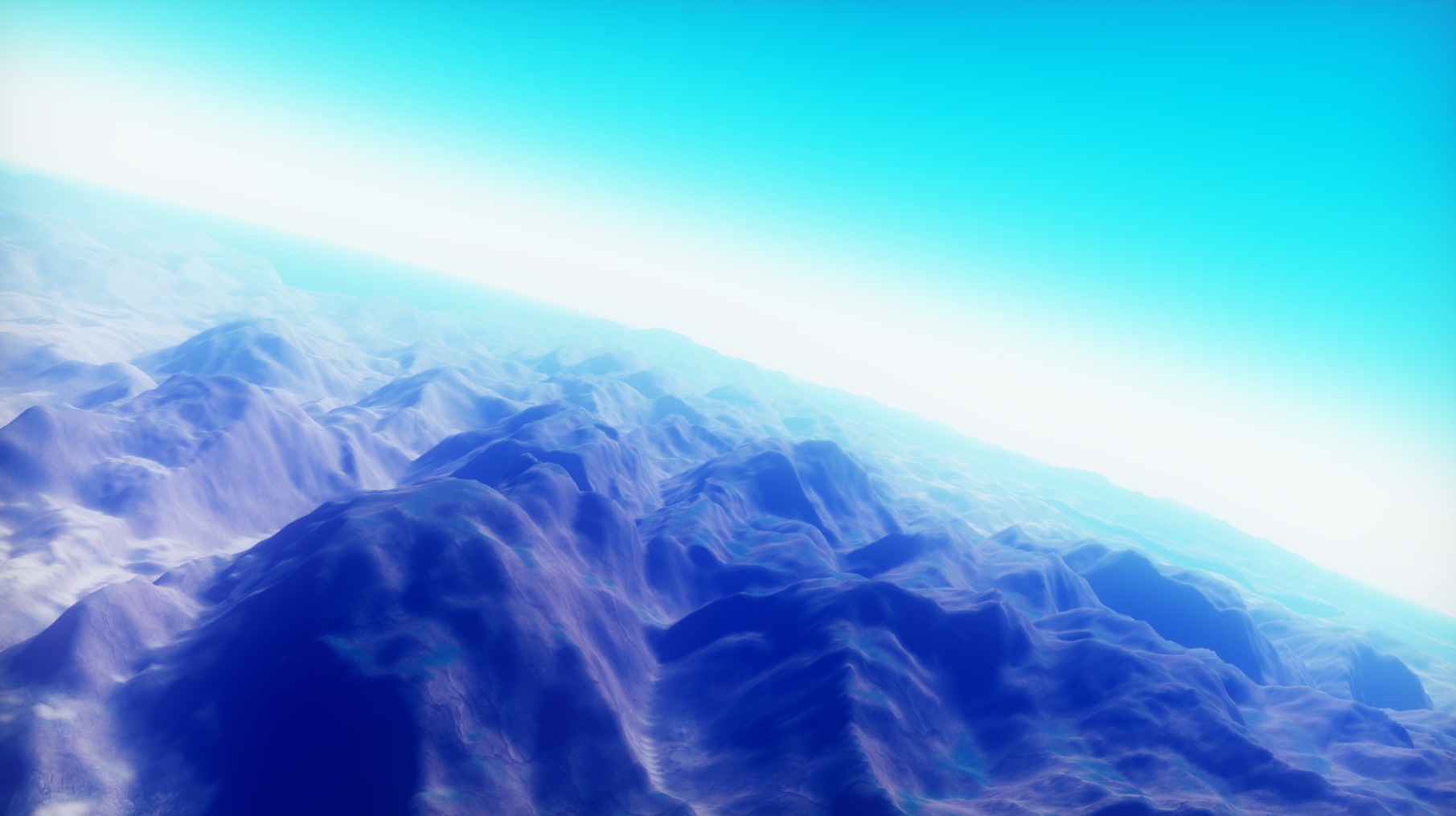
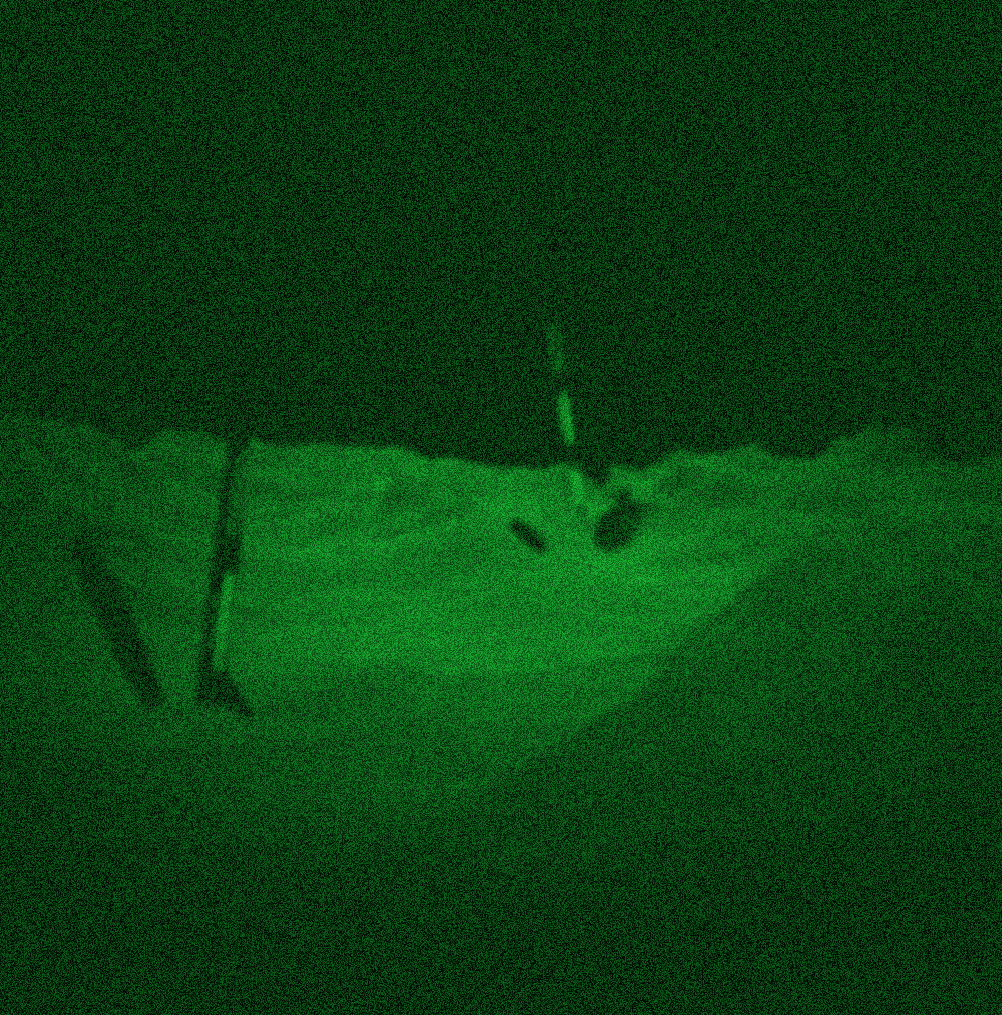
Lucky that I built an Interstellar space station